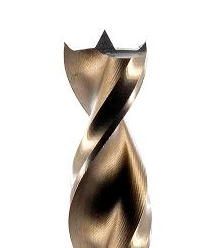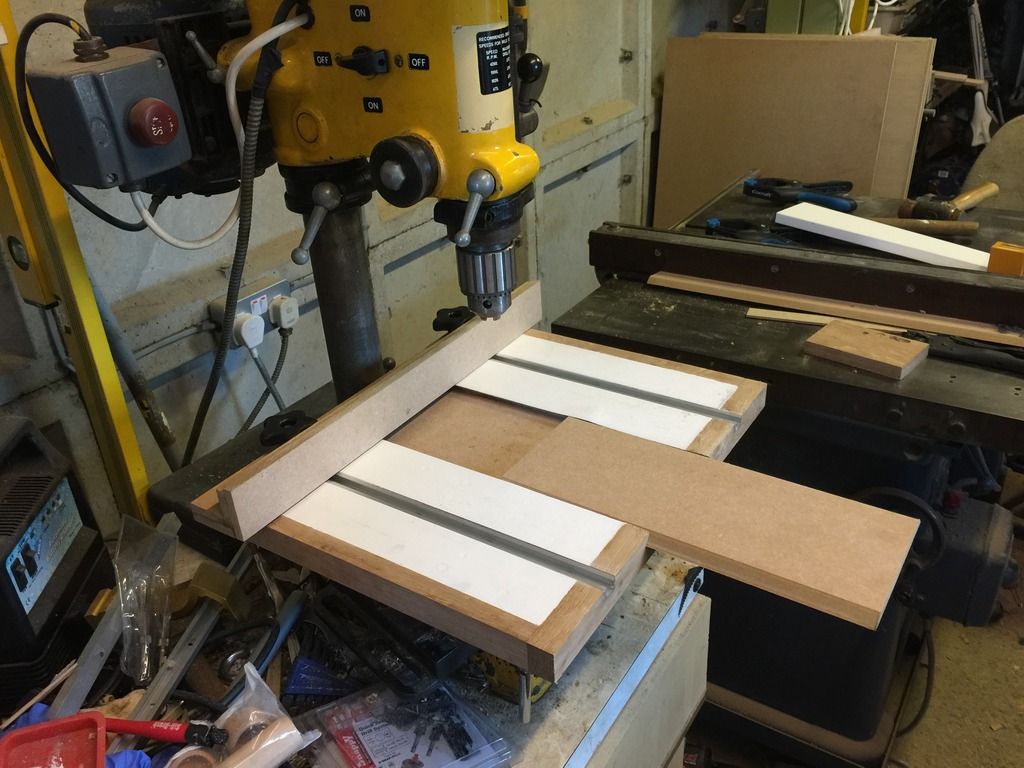Hi.
When I'm drilling voids for screws in a small cabinet project, the drill sometimes grabs the wood (Oak) hitting me in the side of the hand (ouch!) and ruining the piece (Oak). I ploughs straight through the wood. I have already made a pilot hole and using a 10mm HSS drill bit to drill 4 or 5mm's into it.
Happens also with brand new bit. Drill is on mid speed and pushing down slowly.
Any tips on avoiding this? Doesn't seem to do it on pine or plywood.
Thanks in advance.
When I'm drilling voids for screws in a small cabinet project, the drill sometimes grabs the wood (Oak) hitting me in the side of the hand (ouch!) and ruining the piece (Oak). I ploughs straight through the wood. I have already made a pilot hole and using a 10mm HSS drill bit to drill 4 or 5mm's into it.
Happens also with brand new bit. Drill is on mid speed and pushing down slowly.
Any tips on avoiding this? Doesn't seem to do it on pine or plywood.
Thanks in advance.


































